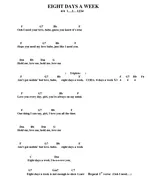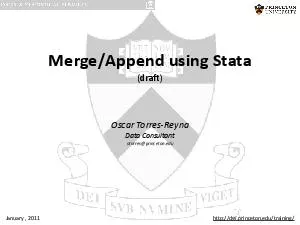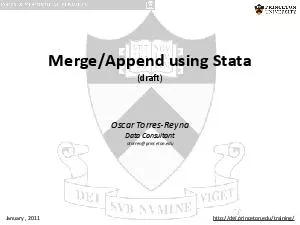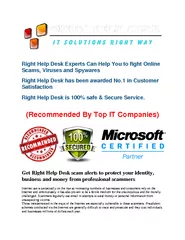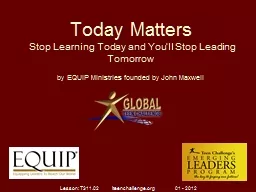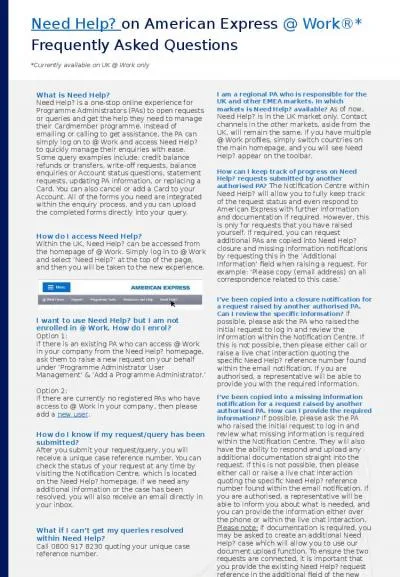PPT-Need Help with Today’s Program?
Author : celsa-spraggs | Published Date : 2018-12-07
Help Desk 8004424614 Phone in to todays program Toll 6304242356 Toll Free 8559478255 Passcode 6774570 Program will be archived httpfyiuwexedusafepreserving
Presentation Embed Code
Download Presentation
Download Presentation The PPT/PDF document "Need Help with Today’s Program?" is the property of its rightful owner. Permission is granted to download and print the materials on this website for personal, non-commercial use only, and to display it on your personal computer provided you do not modify the materials and that you retain all copyright notices contained in the materials. By downloading content from our website, you accept the terms of this agreement.
Need Help with Today’s Program?: Transcript
Download Rules Of Document
"Need Help with Today’s Program?"The content belongs to its owner. You may download and print it for personal use, without modification, and keep all copyright notices. By downloading, you agree to these terms.
Related Documents



